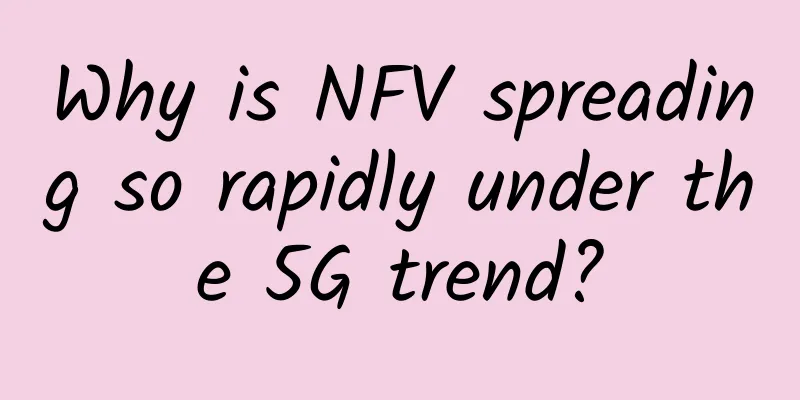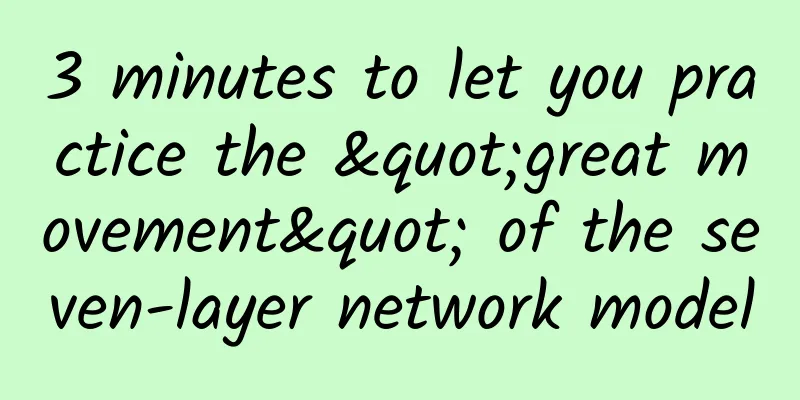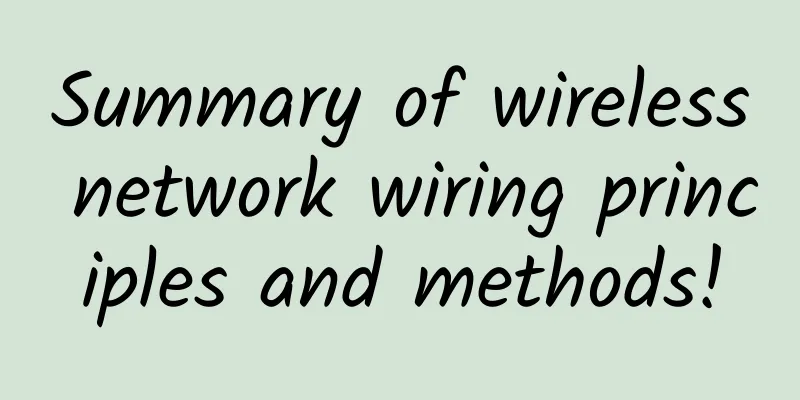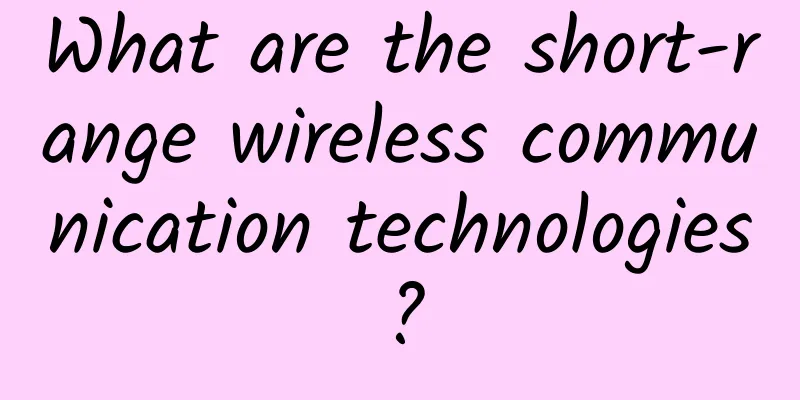Goodbye, 2G/3G is retiring
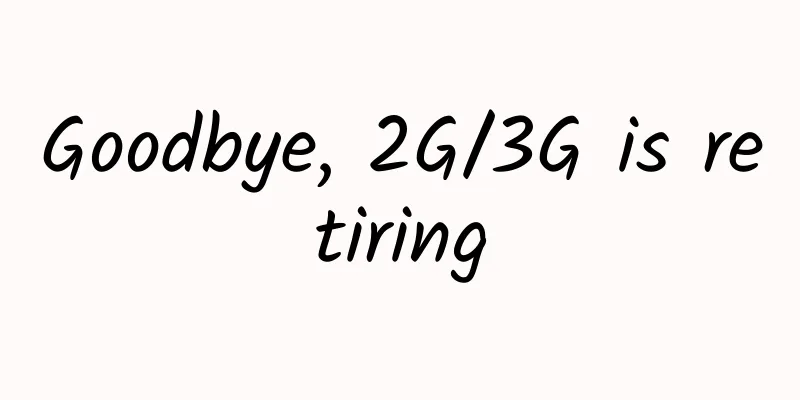
|
With the advent of the 5G era, there have been a lot of news recently about the withdrawal of 2G/3G networks. Goodbye 3G, Goodbye UMTS 3G network speed is 1/10 of 4G! 3G energy consumption is 7 times that of 4G! The 5G era has arrived, and as an old standard, 3G network is exiting the stage of history! Recently, Vodafone Germany announced that it will completely shut down its 3G (UMTS) network before June 30, 2021 to free up 3G frequency resources and re-cultivate them for more efficient 4G LTE use. Vodafone said that the 3G (UMTS) technology standard was launched about 20 years ago and is already an old technology, so we have formulated a retirement plan for it today to bring faster Internet speeds to our users. Here are the reasons:
Vodafone Germany's 3G network uses a total of 15MHz bandwidth. A few months ago, Vodafone began to free up 5MHz of bandwidth for 4G LTE network. The operator plans to gradually re-cultivate this 15MHz bandwidth for 4G use in segments over the next 14 months. (Photo credit: Vodafone Germany) In Germany, not only Vodafone, but also Deutsche Telekom is recultivating the 3G frequency band. However, they will use the vacated 3G frequency band not only for 4G, but also for 5G. Recultivate the 3G frequency band to enable 4G and 5G dynamic sharing On April 22, 2020, Deutsche Telekom announced that it would vacate part of the 2.1GHz frequency band currently used by 3G networks for 4G and 5G dynamic spectrum sharing. Currently, Deutsche Telekom's 3G (UMTS) operates in the 2.1GHz frequency band, with two carriers and a total bandwidth of 10MHz (10M each for uplink and downlink). As 3G users gradually decrease, Deutsche Telekom is freeing up half of its 5MHz bandwidth for dynamic spectrum sharing between 4G and 5G. Starting from 2021, Deutsche Telekom's 2.1GHz spectrum bandwidth will be expanded to 20MHz, and its 4G and 5G shared bandwidth will also be expanded to 15MHz, but only 5MHz bandwidth will be retained for 3G. Dynamic spectrum sharing means that 4G and 5G share the same frequency band and dynamically allocate spectrum resources according to the needs of 4G and 5G users. Deutsche Telekom said that dynamic spectrum sharing can reuse existing antennas and smoothly evolve from 4G to 5G, so as to quickly deploy 5G networks and quickly achieve wide 5G coverage. (Image source: Deutsche Telekom) Deutsche Telekom plans to build 5G networks on the 2.1GHz and 3.6GHz frequency bands. Since the 2.1GHz frequency band is lower and has a wider coverage, they plan to achieve wide coverage in rural areas by dynamically sharing 4G and 5G spectrum on the 2.1GHz frequency band. The 3.6GHz frequency band is mainly used for coverage in large cities to take advantage of its large bandwidth and high capacity. Goodbye 2G, Goodbye GSM German operators seem to prefer to vacate the 3G spectrum, so why doesn't Vodafone Germany shut down its 2G network first?
Vodafone said that after shutting down the 3G network, 100% of the areas covered by the original 3G network will still provide 2G services. Since mobile phones that support 3G will definitely support 2G, users do not have to worry about voice calls, text messages, or the connection of IoT terminals used for 2G. For example, the car emergency rescue call system (eCall) can still use the 2G network to complete automatic emergency calls. In other words, Vodafone retains the 2G network mainly because voice and IoT services will continue to be carried by 2G for a long time. But the Swiss operator next door doesn't want to do that. On May 11, 2020, in response to Vodafone Germany's shutdown of its 3G network, Swiss operator Swisscom said that we are shutting down our 2G network and plan to withdraw 2G from the market by the end of 2020. Salt, another Swiss operator, also said that we will not deactivate 3G in the next three years and we are currently shutting down 2G. The reason why Swisscom and Salt shut down 2G first is similar to that of Vodafone, that is, "Although 2G and 3G networks currently transmit almost no data traffic, one-third of voice services still rely on 2G and 3G, especially 3G. In addition, there are still many 2G and 3G IoT devices in the existing network." In short, whether operators choose to shut down 2G or 3G first depends mainly on their existing network services and how much voice and IoT services are currently carried by 2G and 3G networks. But the general trend is that with the advent of the 5G era, backward old-style networks are waving goodbye to the stage of history. Looking back at ourselves, just a few days ago, on May 7, the Ministry of Industry and Information Technology issued the "Notice on Deepening the Comprehensive Development of Mobile Internet of Things", guiding new IoT terminals to gradually withdraw from 2G or 3G networks and migrate to NB-IoT and 4G (LTE Cat1). The "Notice" clearly proposes to guide new IoT terminals to no longer use 2G/3G networks, and to promote the migration of existing 2G/3G IoT services to NB-IoT/4G (Cat1)/5G networks. As IoT terminals gradually withdraw from 2G/3G networks and operators roll out VoLTE, the last remaining value of 2G networks - voice and IoT services - are gradually disappearing. This "Notice" will obviously accelerate the withdrawal of 2G/3G networks in my country. Give way to new technologies and eliminate old technologies. With the advent of the 5G era |
>>: Basic network management knowledge of Linux operating system
Recommend
Cisco: Continuous innovation to create an inclusive future
On June 14, Cisco's annual networking and sec...
"Innovation City" shines brightly and opens up a new ecosystem for Ascend
[[337542]] On August 11, 2020, the DevRun Develop...
HostHatch: Hong Kong/Tokyo/Singapore AMD EPYC series starting from $25/year, 2GB/25G NVMe/1TB monthly traffic
HostHatch has released a new promotion plan on LE...
RackNerd: $12.79/year KVM-1GB/20GB/3TB/Los Angeles data center
Recently, RackNerd has restocked a low-cost annua...
DigitalVirt: 95 yuan/year-1GB/10GB NVMe/1TB@200Mbps/Hong Kong International Line
DigitalVirt recently offered a 50% discount coupo...
The overall price of 5G mobile phones fell in January 2021
2020 is a year of rapid development of 5G. The sa...
Review of 5G in 2019: 5G sounded the rally call for commercial use
"5G is like a newborn baby, new from head to...
Can high-speed fiber optics connect smart factories?
In order to keep factories moving forward, the in...
How did TA succeed in intercepting tens of millions of malicious addresses?
Want to self-check and improve your cybersecurity...
Dynamic routing! Dynamic routing! The principle and configuration of dynamic routing
1. Introduction to dynamic routing 1. Dynamic rou...
Shenyang University: All-optical wireless optimizes application experience and creates a "easy-to-use and easy-to-use" campus network
Shenyang University is one of the universities wi...
In the Internet Queen’s “Spring Festival Gala-style report”, what are the things worth spending five minutes paying attention to?
Internet Queen Mary Meeker's annual Internet ...
[11.11] CMIVPS 50% off for annual VPS, 30% off for dedicated servers, 20% off for top-up
CMIVPS sent a promotional plan for this year'...
MoeCloud Anniversary: 30% off down payment for KVM on CN2 line in London/San Jose, 15% off permanently
MoeCloud is a Chinese VPS hosting company establi...


